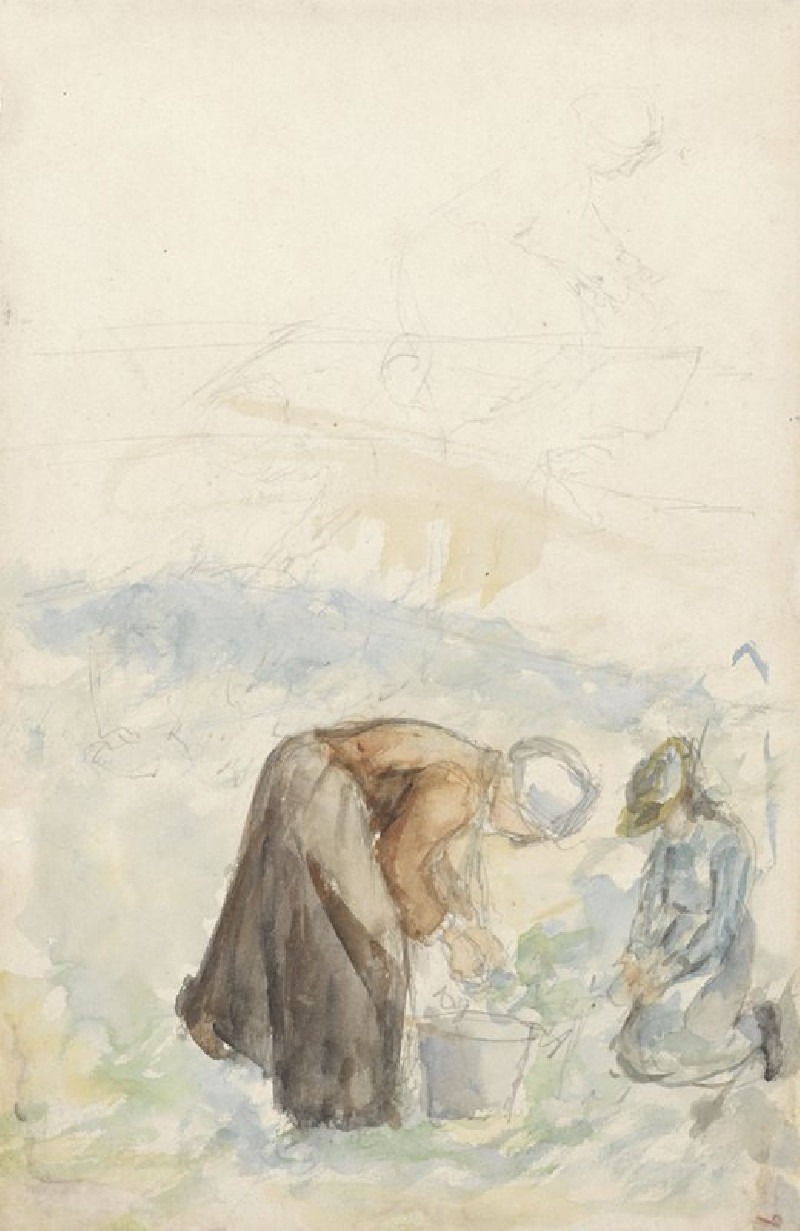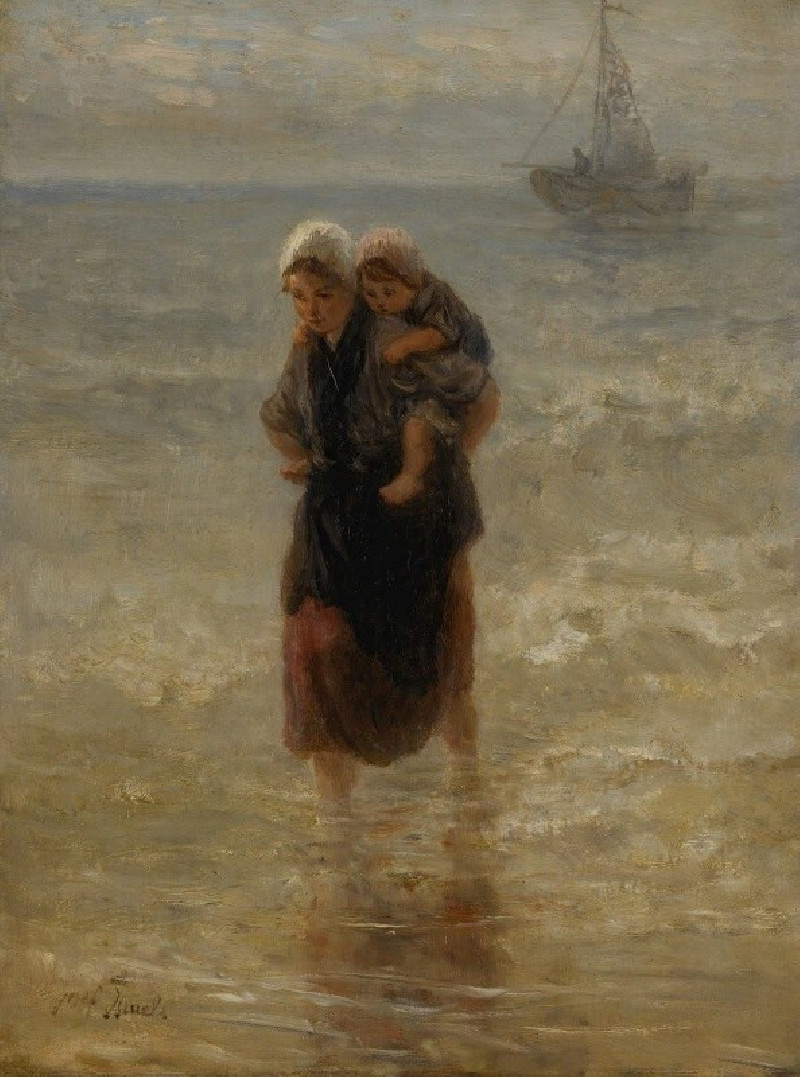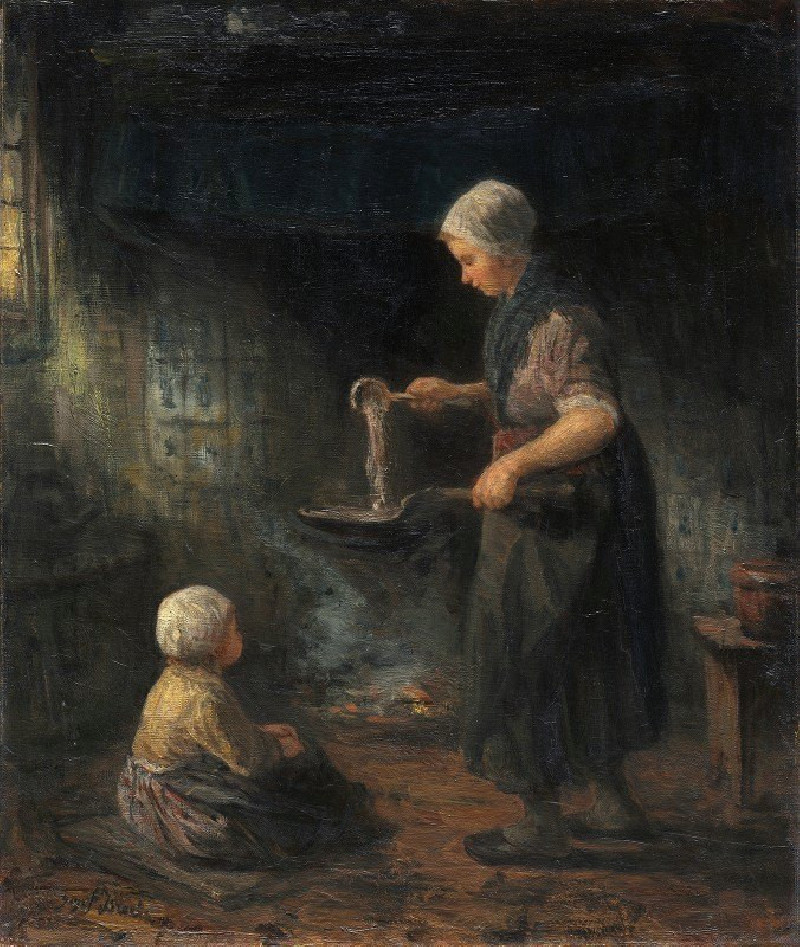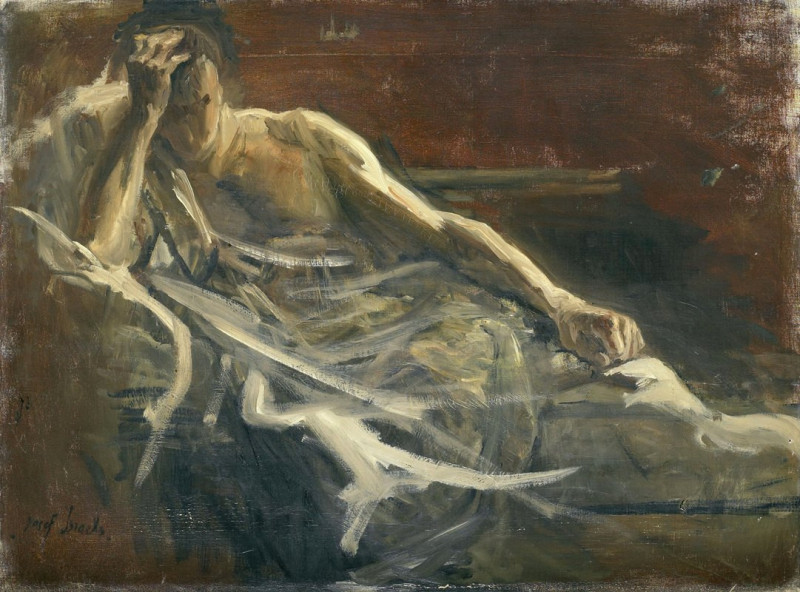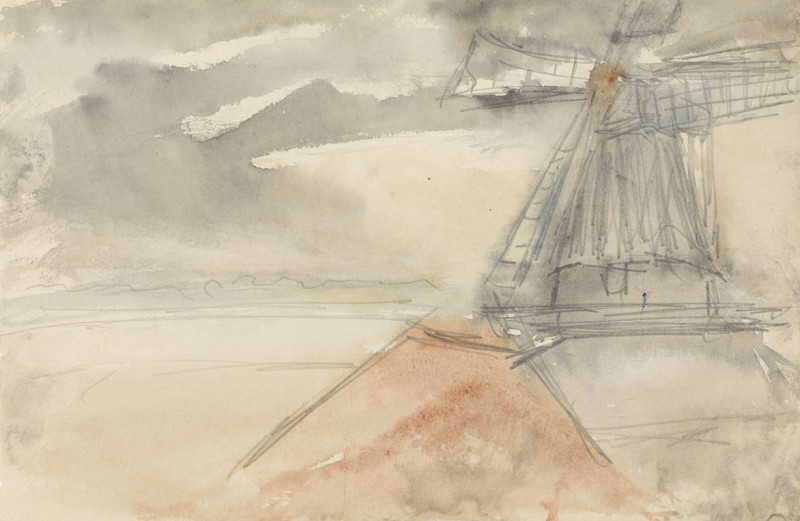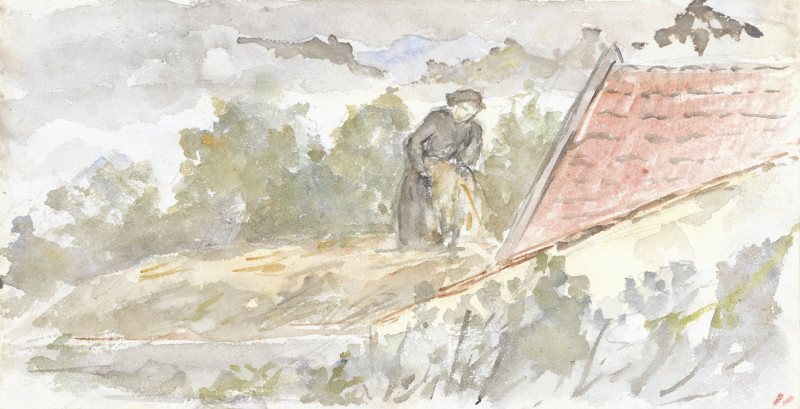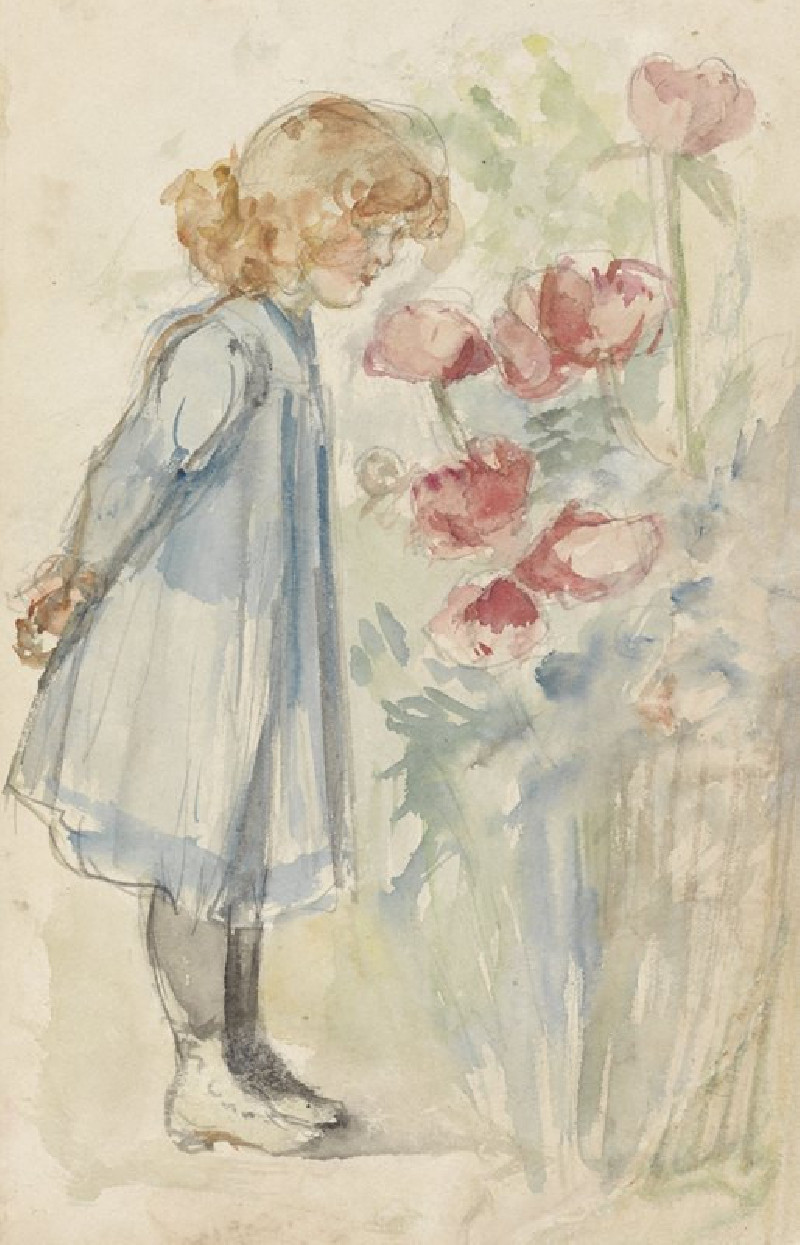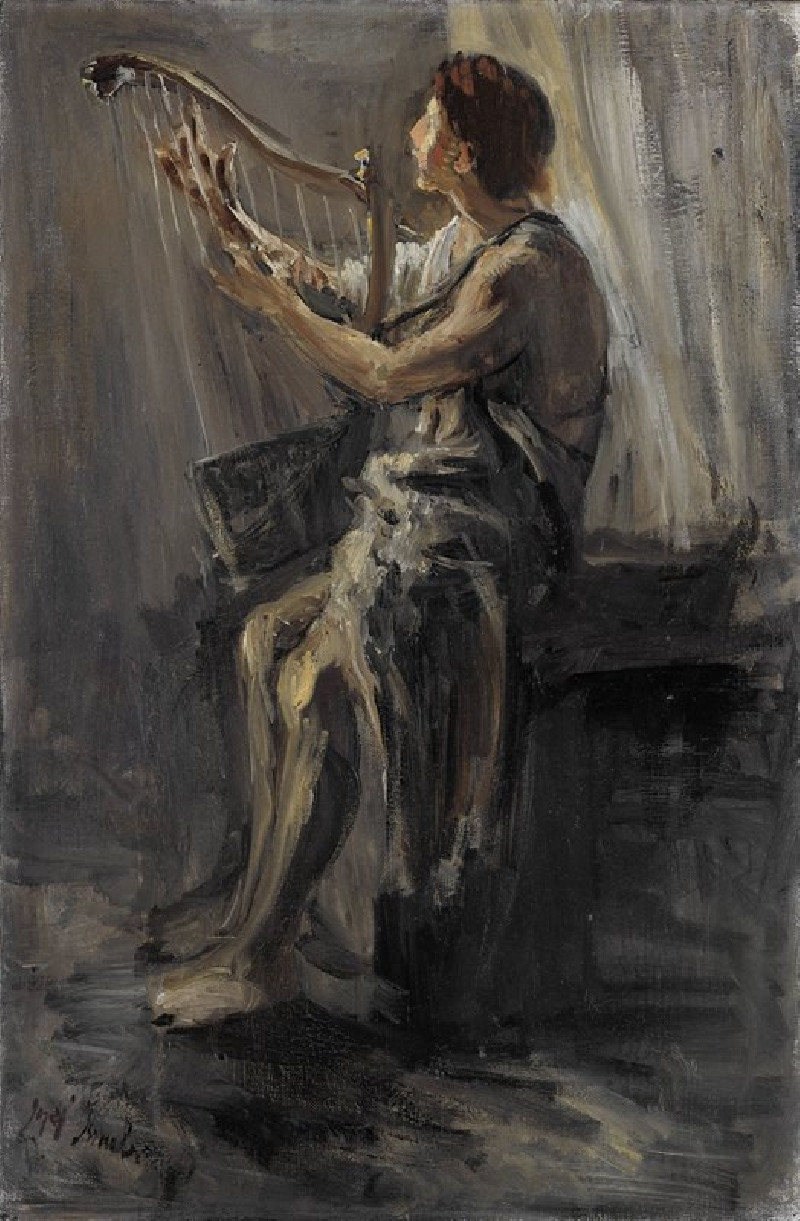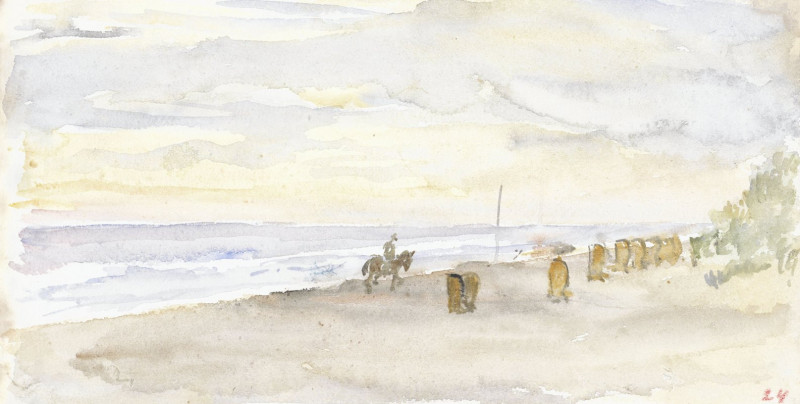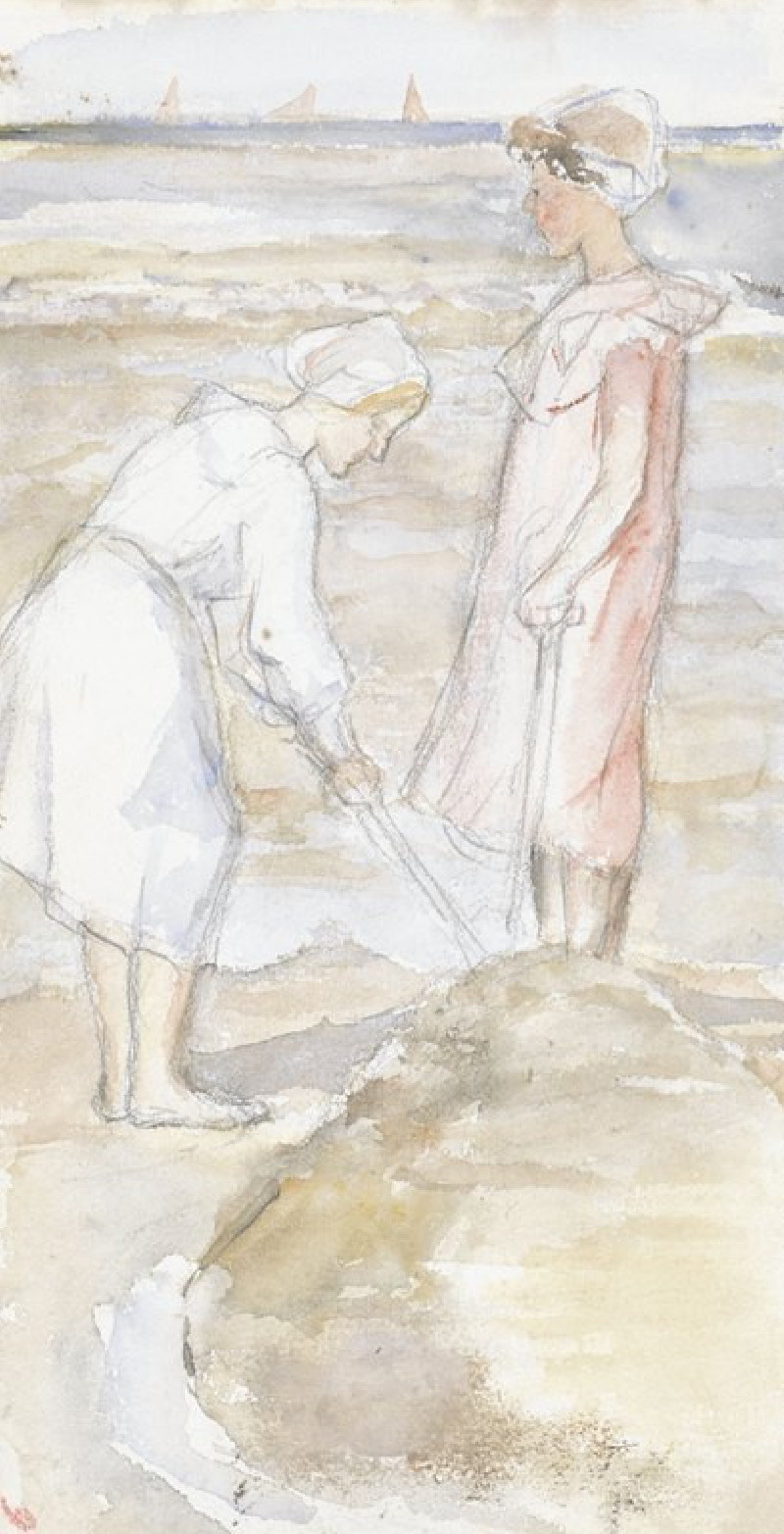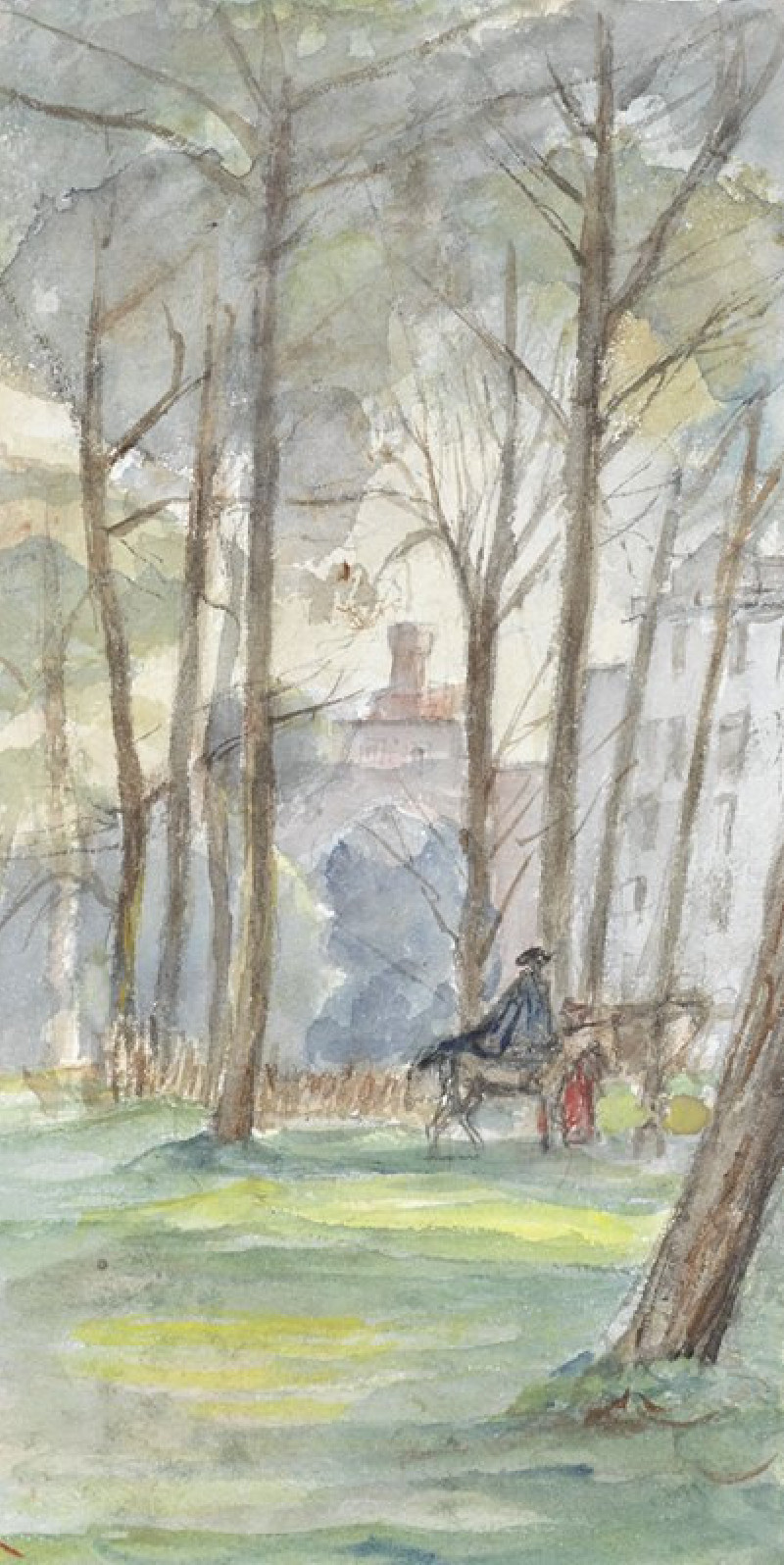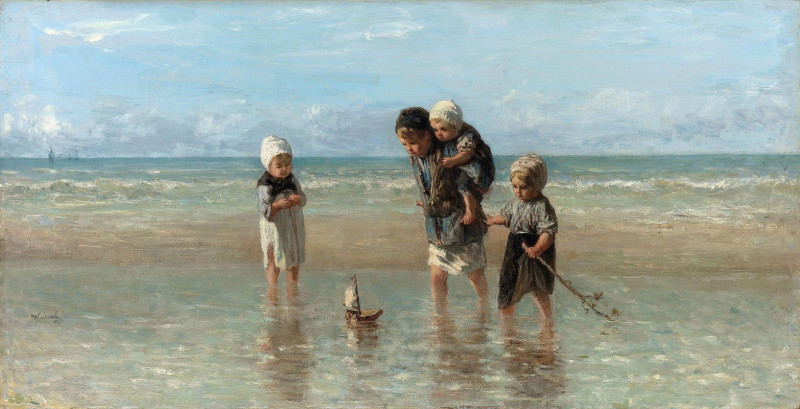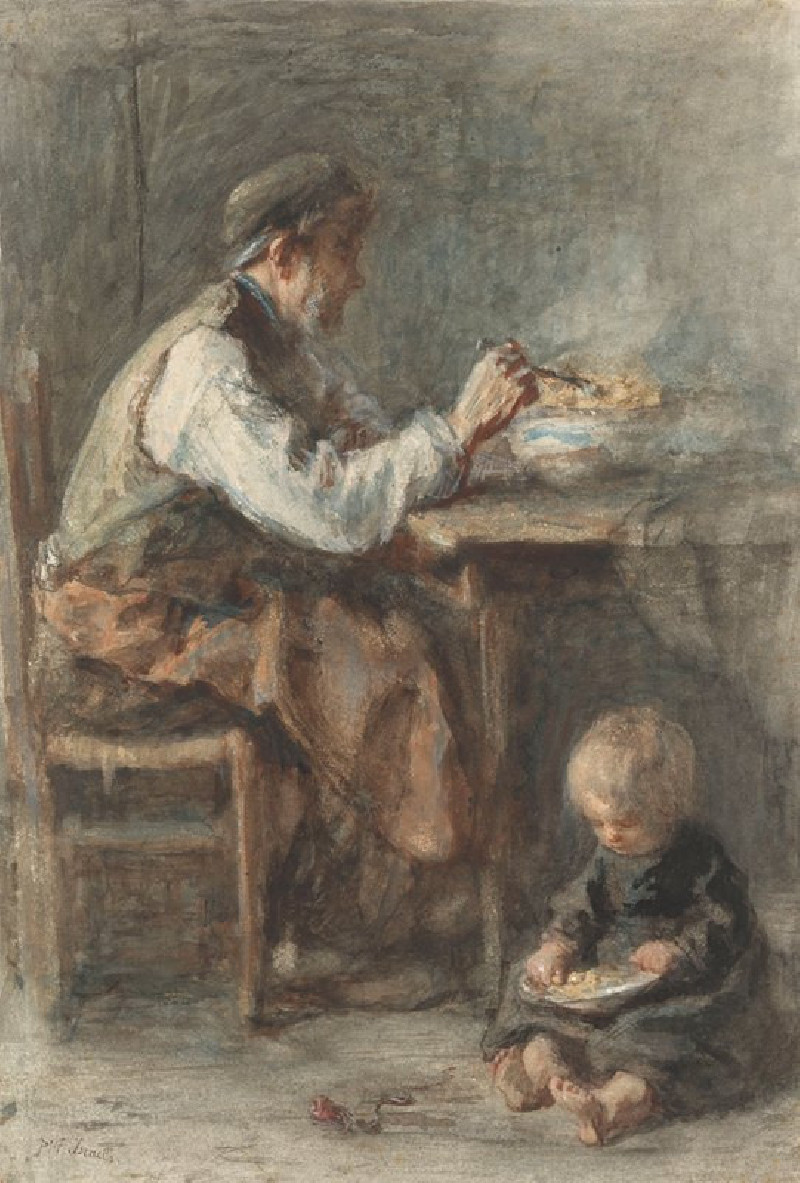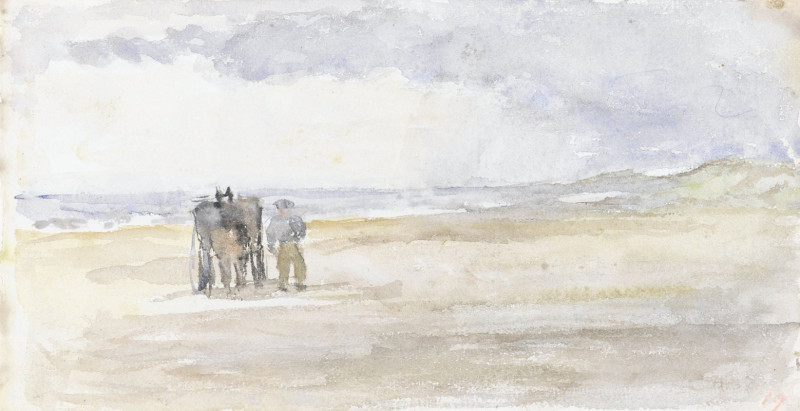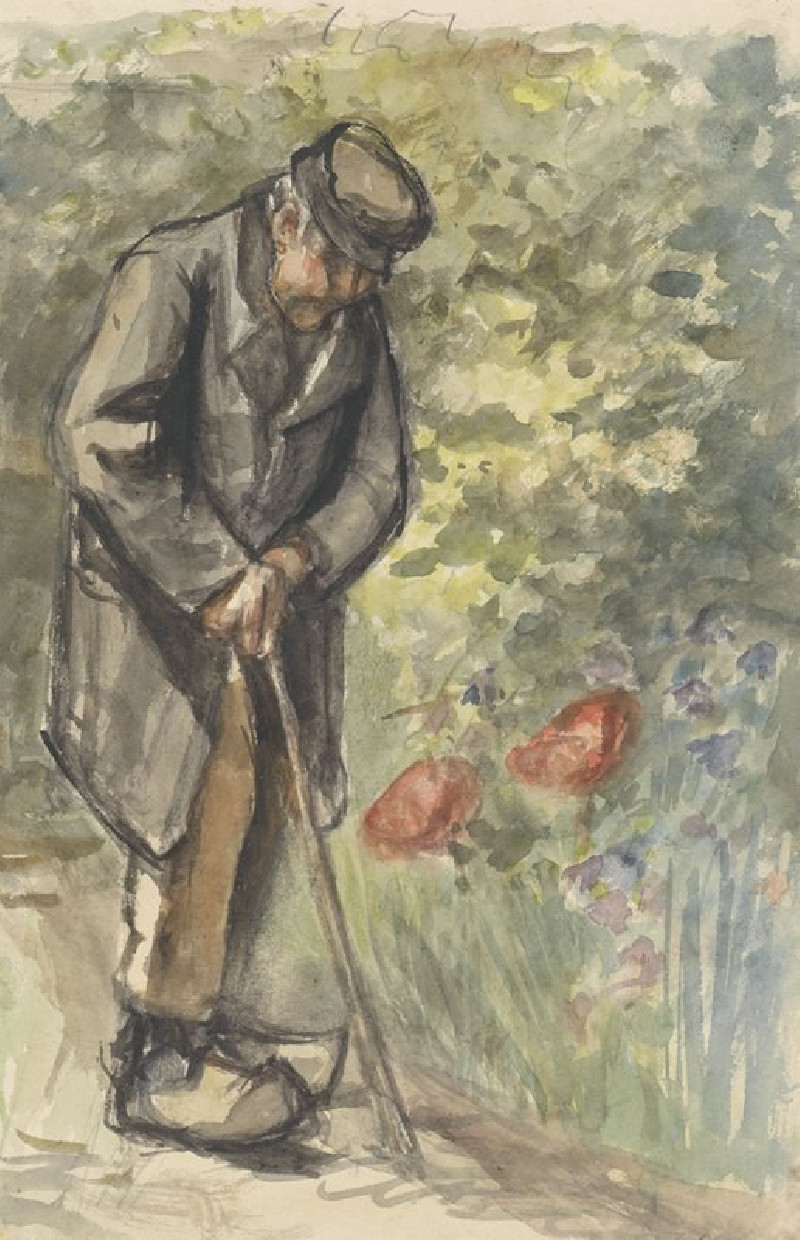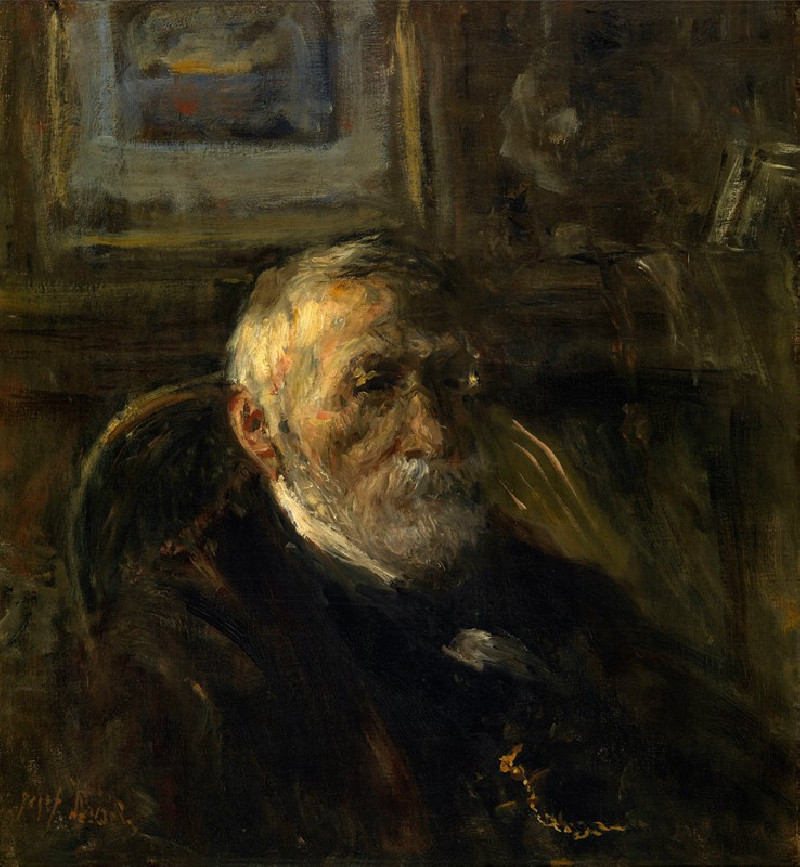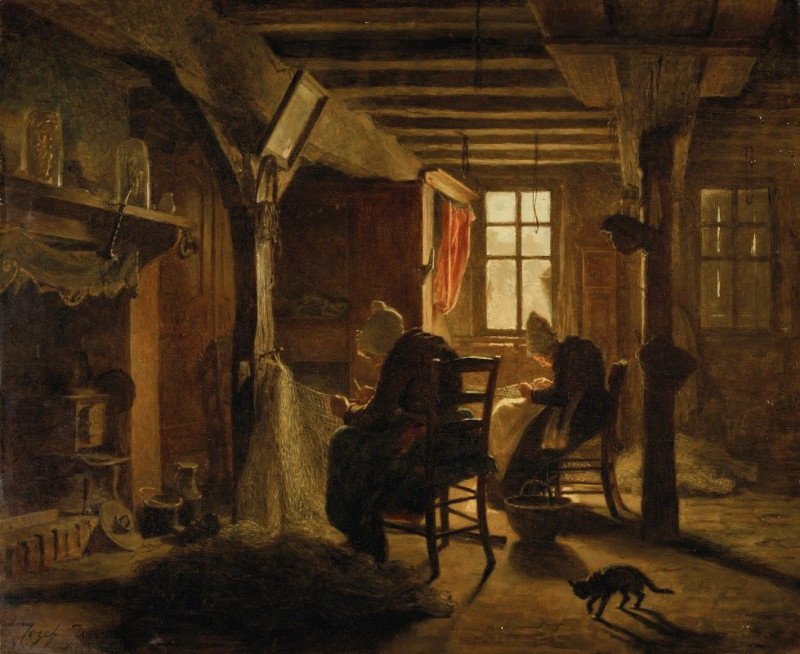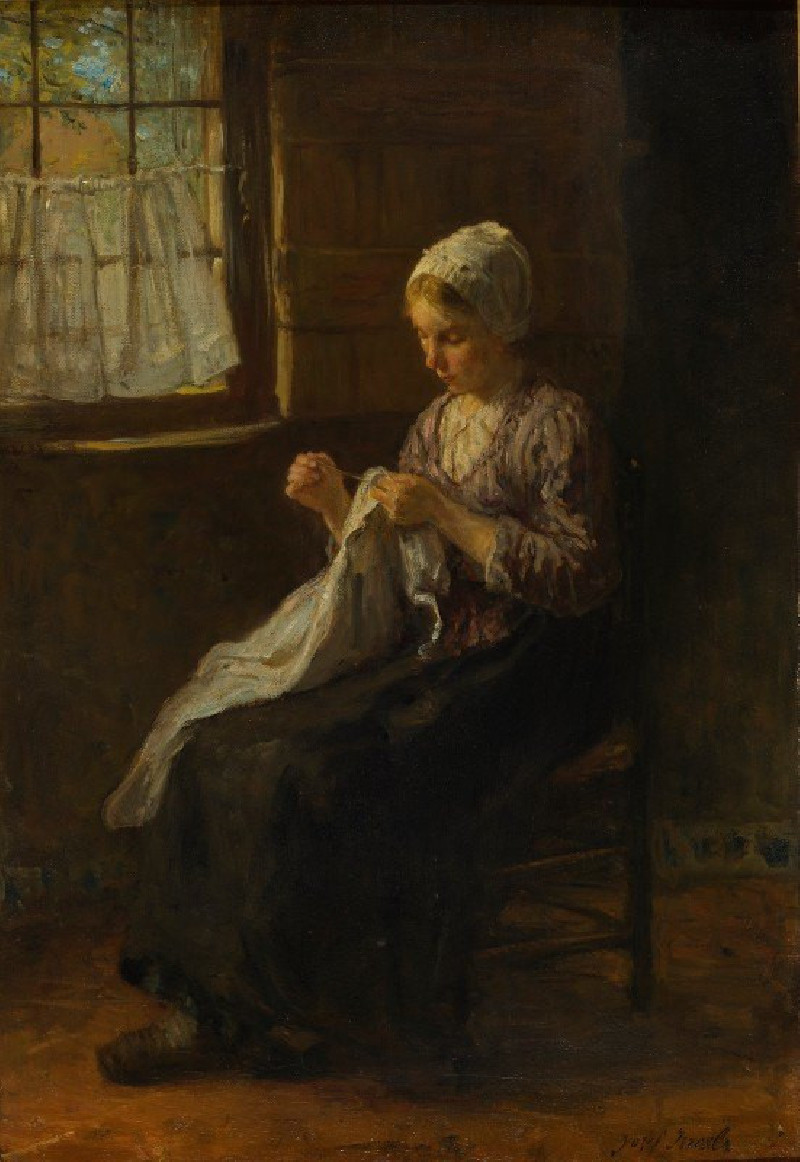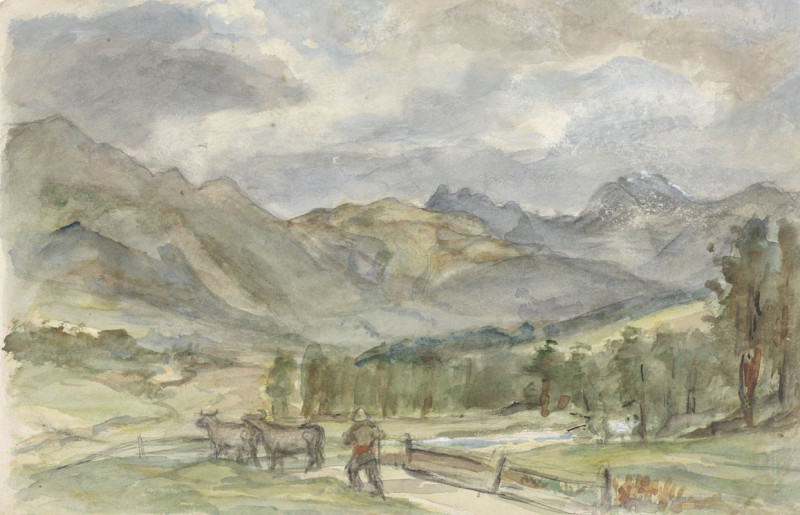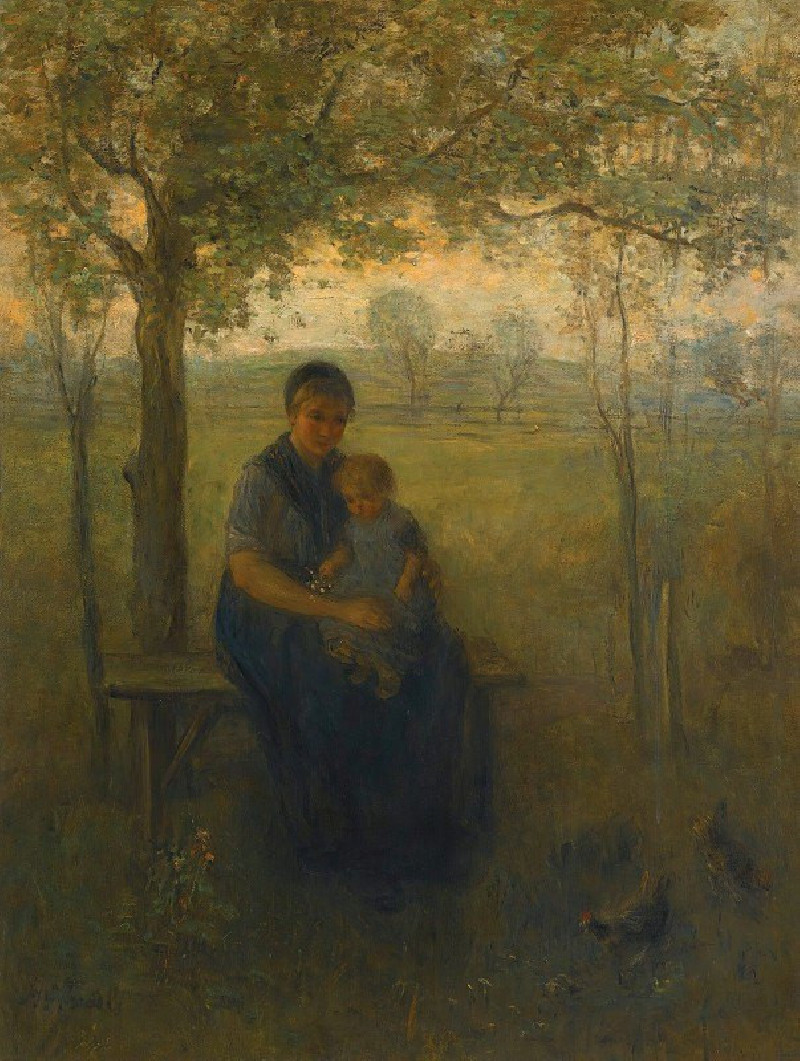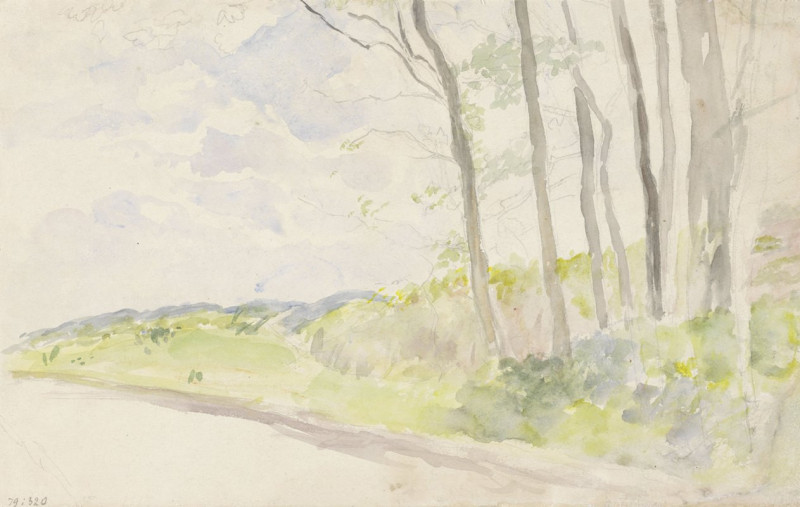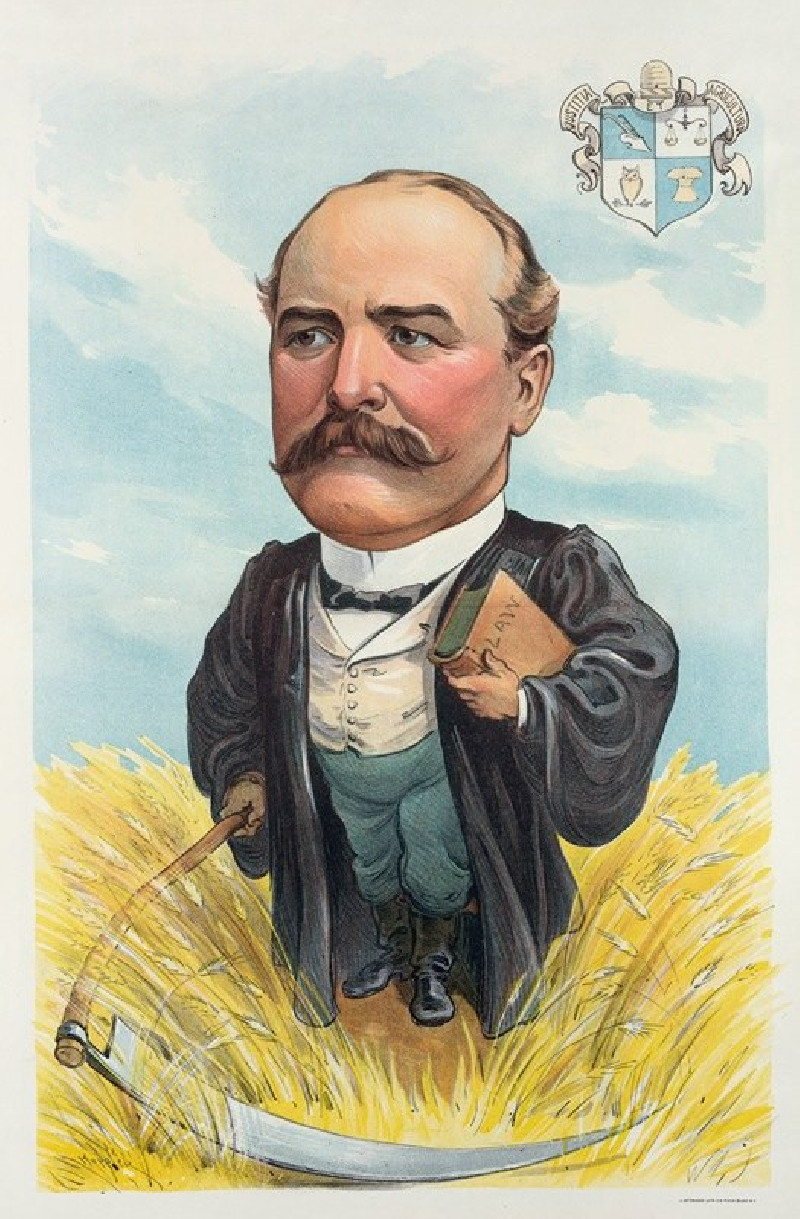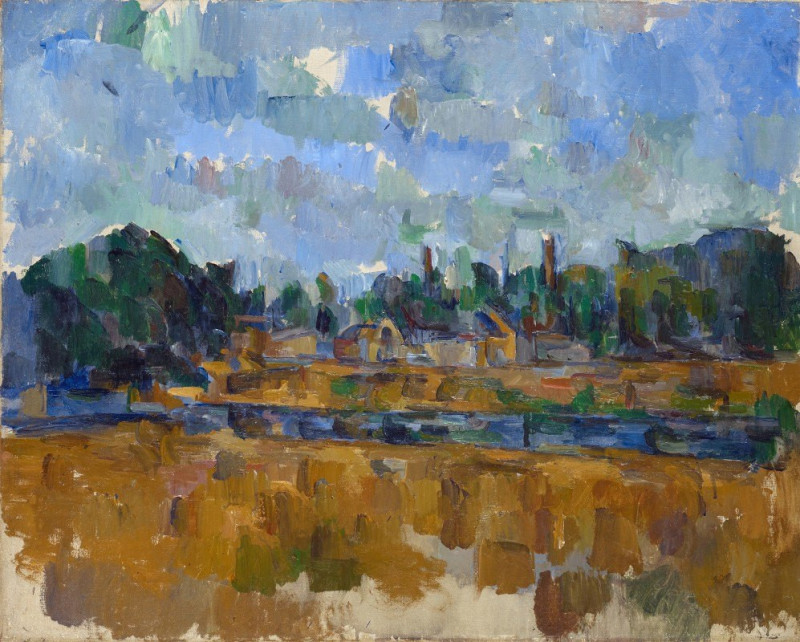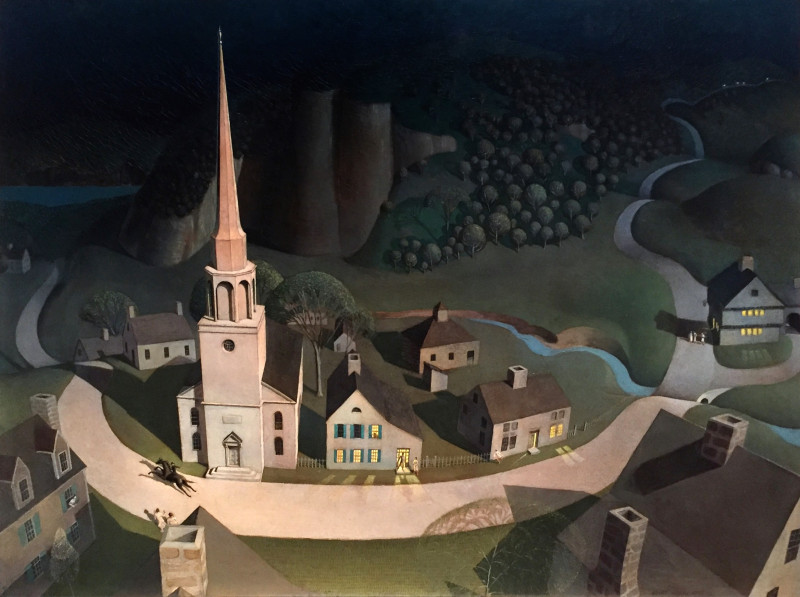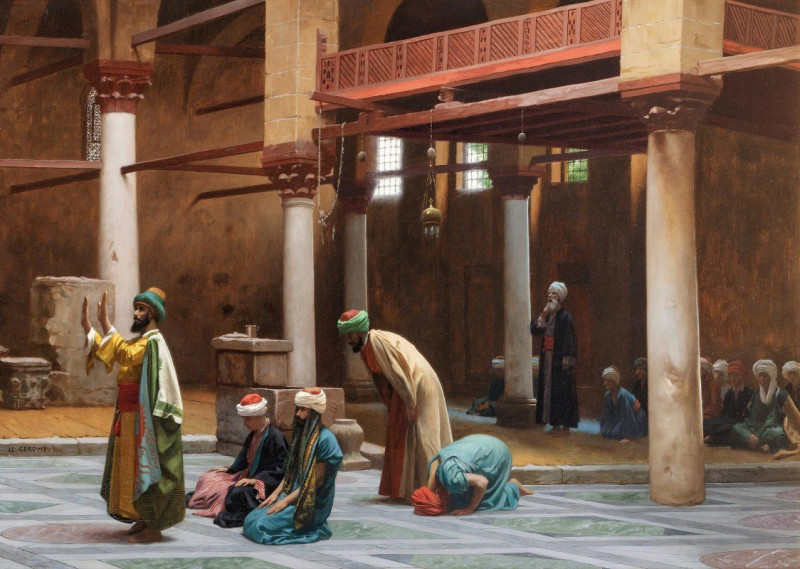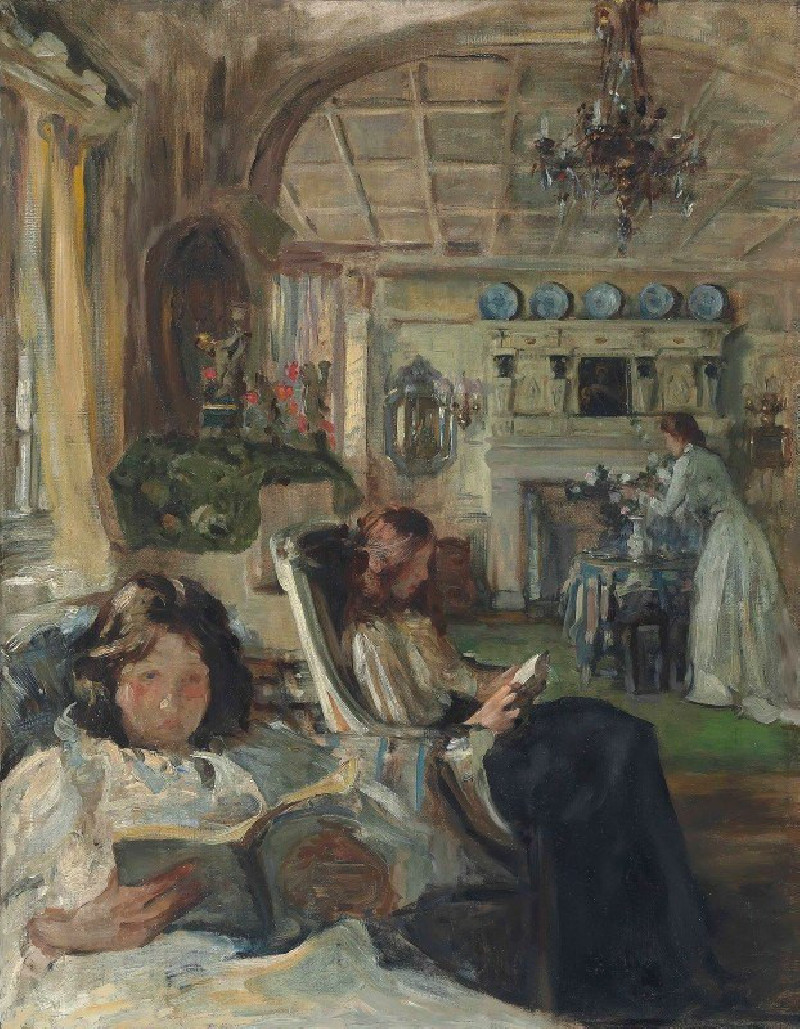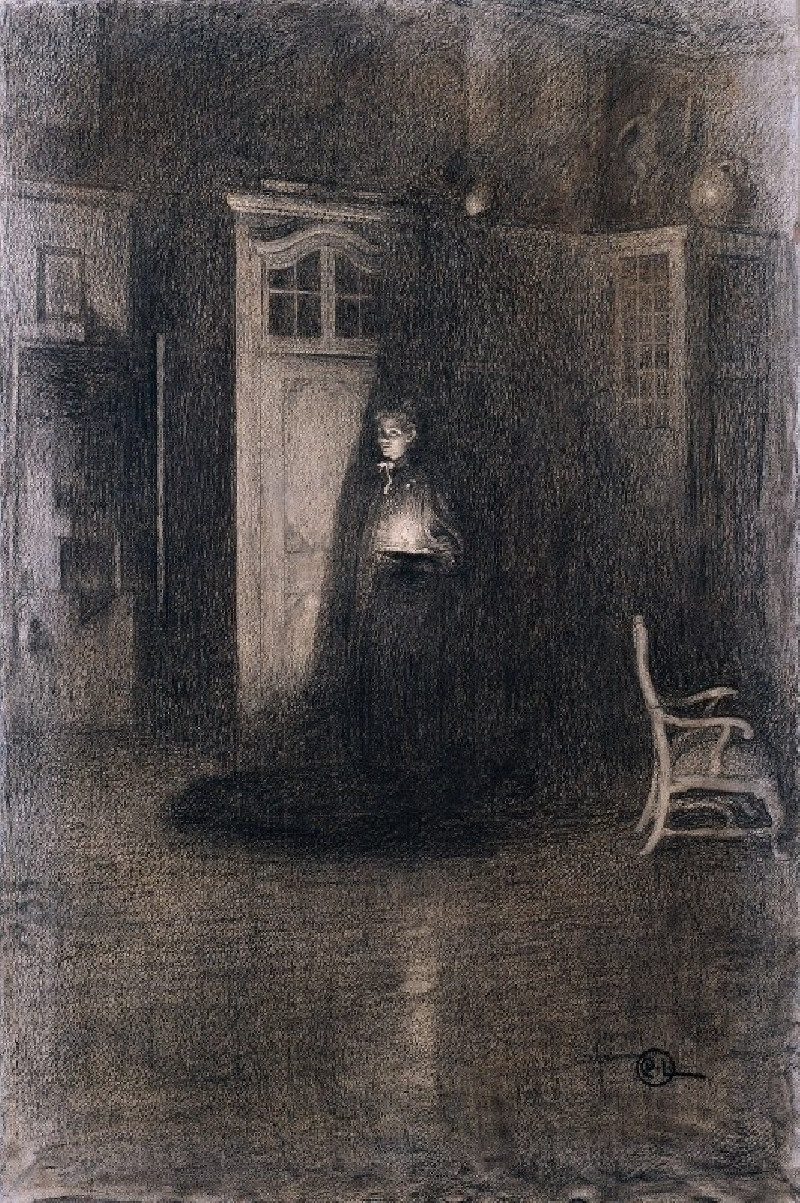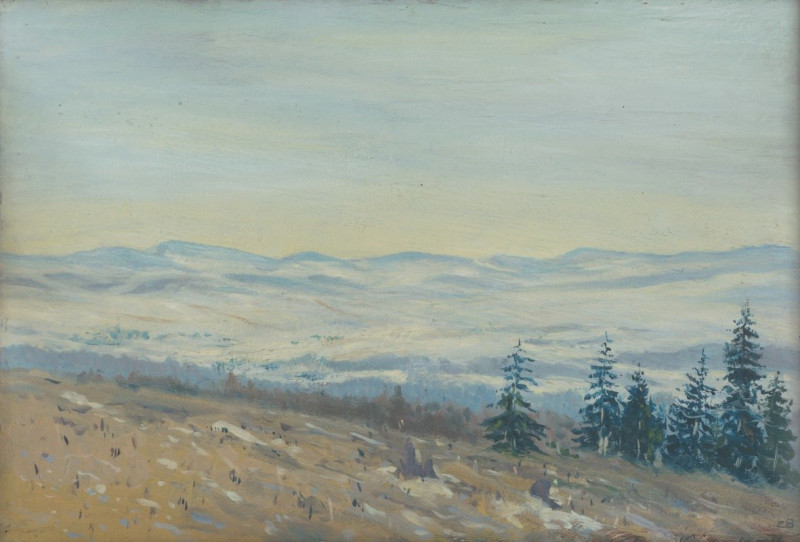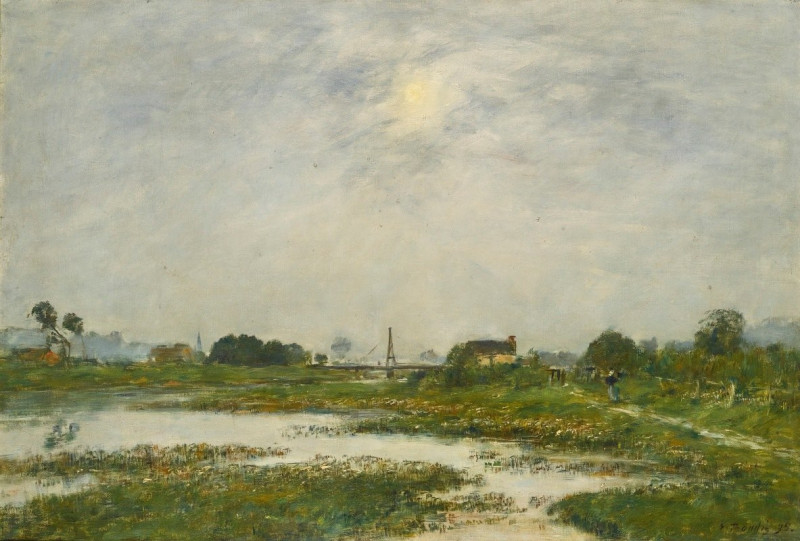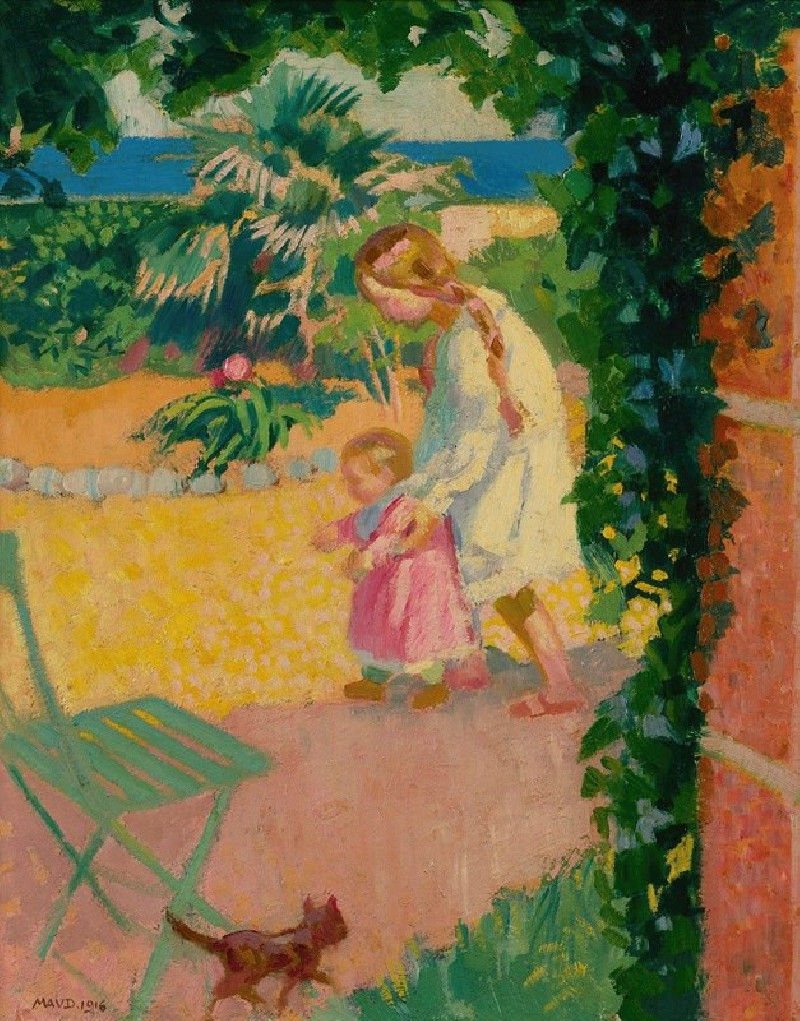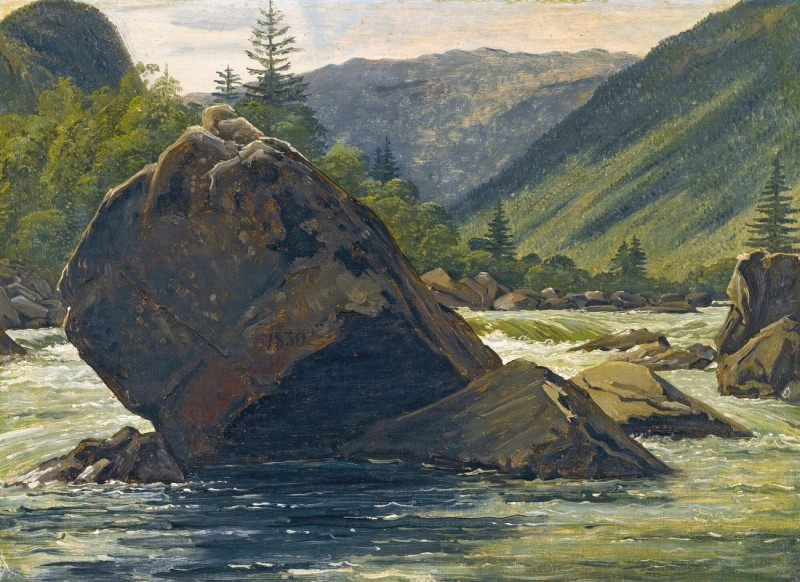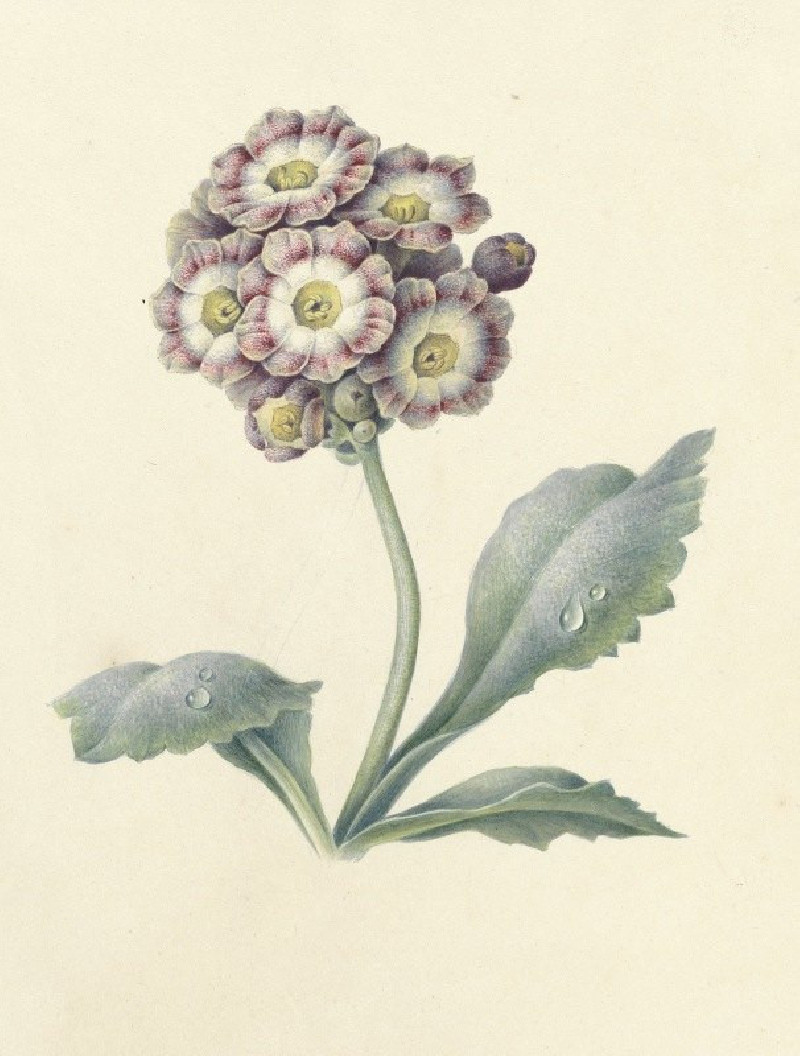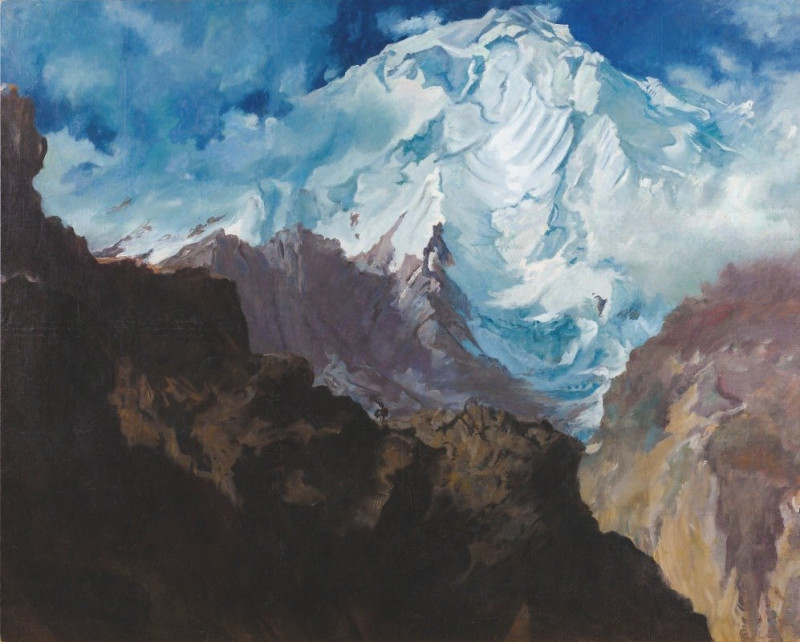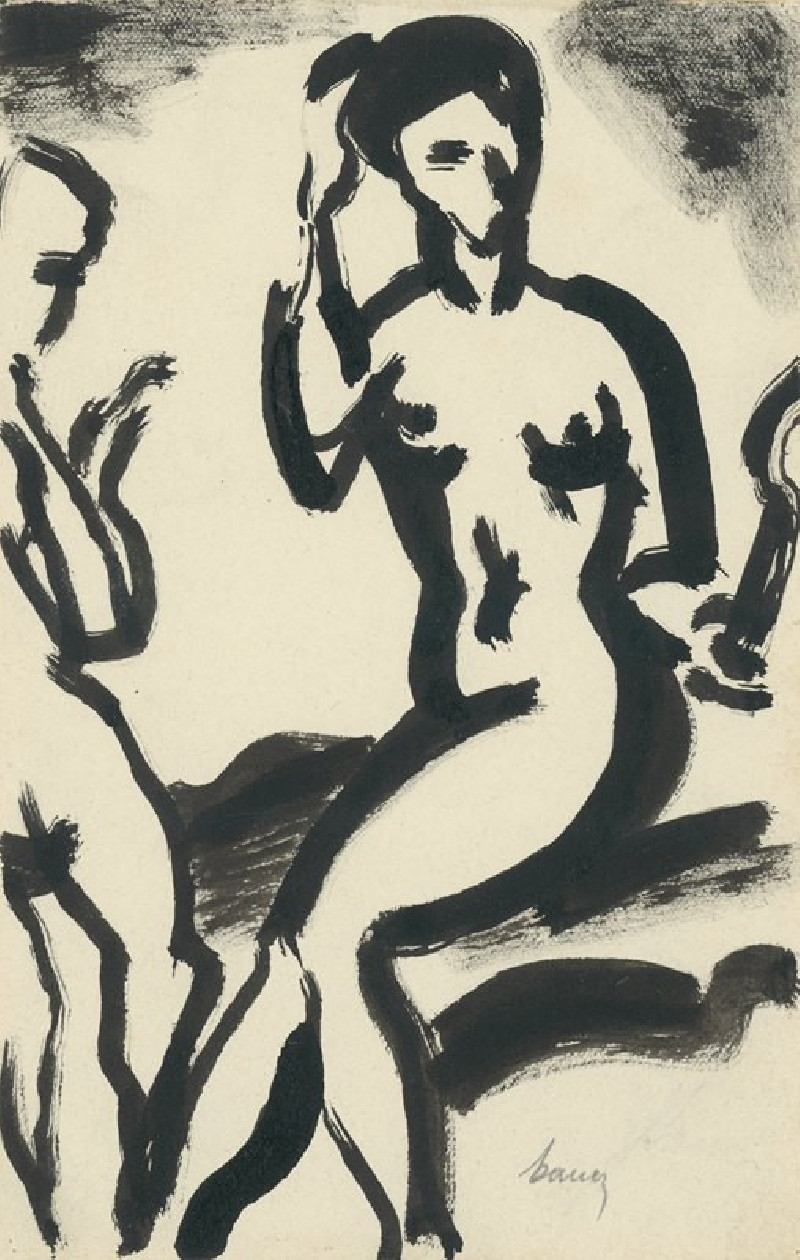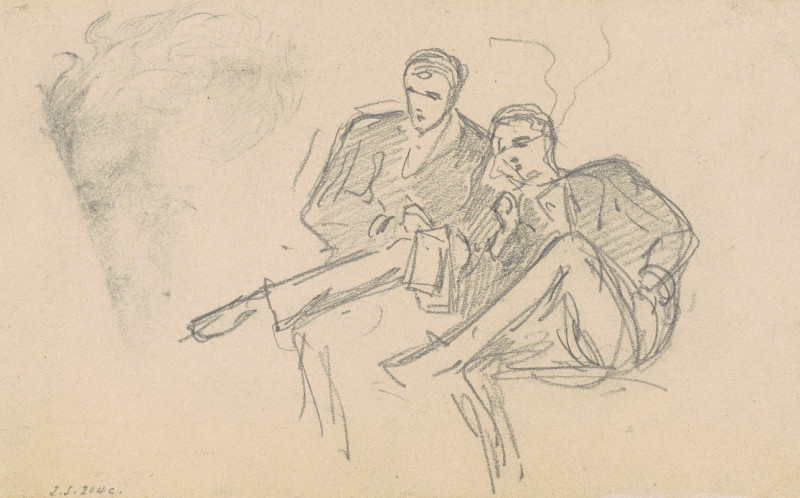Twee op het land werkende vrouwen (1834 - 1911)
Technique: Giclée quality print
Recommended by our customers
More about this artwork
In the delicate watercolor painting "Twee op het land werkende vrouwen" by Jozef Israëls, a poignant scene from rural life in the 19th century is beautifully captured. Israëls, a master of the Dutch Realist movement, portrays two women engaged in the laborious task of working in the fields. The painting, with its soft hues and fluid strokes, encapsulates the essence of daily life among ordinary folk, an ongoing theme in Israëls’ work.The artwork reveals one woman bending over a bucket, perhaps washing or sorting something, while another sits beside her, engrossed in a task that involves handwork. Their dresses, somber in color and practical, speak of the hard life of rural workers, congruent with the earthy tones of the landscape surrounding them. The sketch-like, unfinished upper part of the painting invites viewers to focus on the figures and their interaction, highlighting the humanity and quiet dignity in their daily labor.Israëls' skillful use of watercolors conveys a sense of immediacy and intimacy, drawing the viewer into a moment of shared toil. The painting is not just an artistic exploration but also a social commentary, reflecting the artist's deep empathy for the struggles of the common people.
Delivery
Returns
Jozef Israëls was a Dutch painter. He was a leading member of the group of landscape painters referred to as the Hague School and, during his lifetime, "the most respected Dutch artist of the second half of the nineteenth century".
He was born in Groningen, of Jewish parents. His father, Hartog Abraham Israëls, intended for him to be a businessman, and it was only after a determined struggle that he was allowed to embark on an artistic career. He studied initially from 1835 to 1842 at the Minerva Academy in his home town Groningen.

